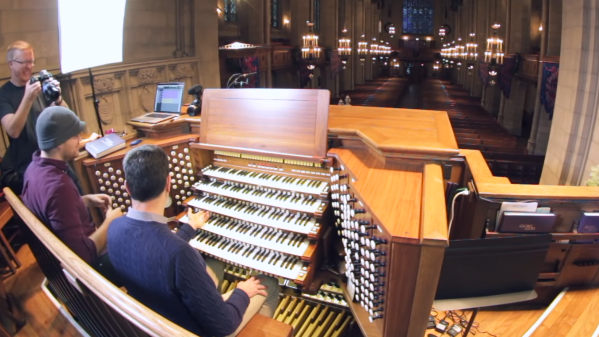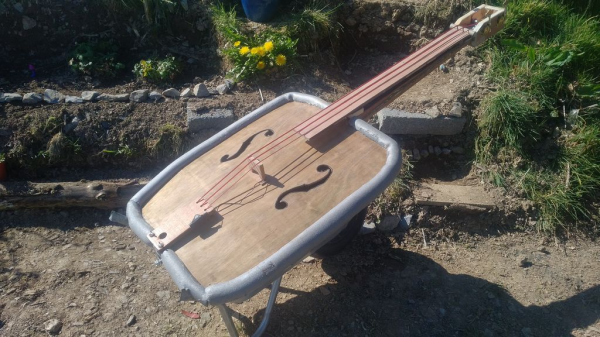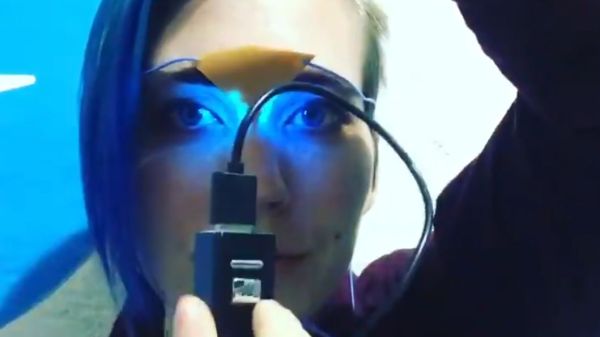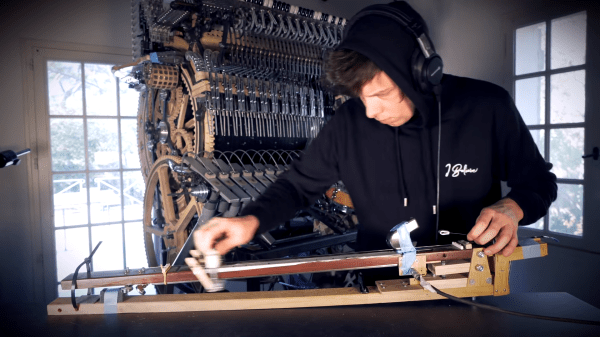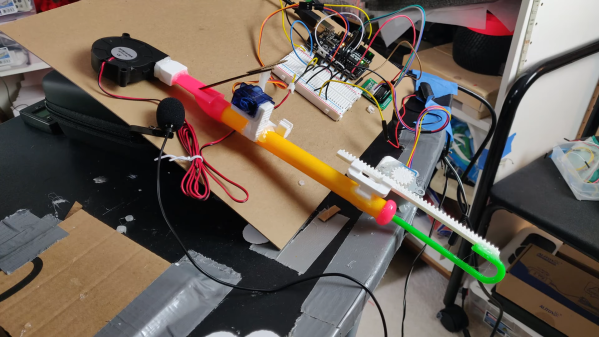Musical instruments come in all shapes and sizes. For sheer scale and complexity though, you can’t beat pipe organs. [Rob Scallon] visited the Fourth Presbyterian Church in Chicago to look at their massive pipe organ which boasts over 8000 individual pipes. He also discovered that it has a MIDI interface, and off course hooked up his laptop to play the Mario Bros theme song.
This organ is actually the third one the church has had, and was completed in 2016. Its capabilities are impressive, but the engineering side of it is what really blew us away. Every pipe is unique to allow it to recreate the sound of almost an entire orchestra, and the “control station” looks a bit like the cockpit of modern airliner in terms of complexity. The organ covers multiple stories across multiple parts of the church and every single pipe and part needs to be accessible for tuning and maintenance, which is almost a full time job. Check out the first video after the break for a full demonstration and tour of this incredible machine by [John Sherer], the church’s music director and organist.
The second video after the break goes through the process of hooking up a laptop to the organ after getting a technician to completely wire up the MIDI interface. They go full music geek as they marry ancient and modern music technology. [Rob] says it multiple times, and we have to believe that you need to be in the building to truly experience the sound. Let us know in the comments if any readers have heard this organ in person.
Continue reading “Controlling A Building Sized Pipe Organ With Midi”

